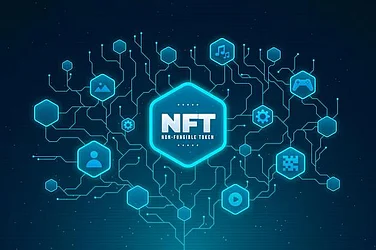In a world decreasingly connected by technology, the way we give is witnessing a seismic shift. Traditional humanitarian models, while effective in certain ways, are frequently riddled with inefficiencies — currency conversion detainments, high sale freights, and nonsupervisory hurdles. Enter crypto- enabled philanthropy a transformative model that’s rewriting the rules of cross-border paying, with speed, translucency, and inclusivity at its core.
For decades, global charities and NGOs have battled bureaucracy to move finances across borders. Now, with the power of blockchain, benefactors are empowered to give directly, incontinently, and with unknown clarity about where their benefactions go. But this is n’t just a technological upgrade it’s a reimagination of trust, agency, and global impact.
Borderless liberality, Readdressed
Cross-border philanthropy used to be an exercise in tolerance. A patron in London wanting to support flood tide relief in pastoral Bangladesh would navigate a maze of banks, interposers, and shifting exchange rates. Crypto streamlines this process, allowing finances to move across topographies in seconds, frequently with significantly reduced freights. More importantly, this mode of giving removes the need for third- party verifiers, replacing them with empirical , tamper- evidence records.
At its core, this invention addresses a critical issue the imbalance of power in traditional aid. frequently, aid donors are at the mercy of top-down structures. With decentralized fiscal tools, there’s growing eventuality to shift that dynamic — enabling grassroots associations and indeed individualities to admit support directly, without the need for gatekeeping institutions.
Translucency as a Trust Multiplier
translucency has long been the holy grail of philanthropy. benefactors want to know where their plutocrat is going, and donors earn to understand how coffers are being allocated. Crypto- led giving introduces a position of traceability that traditional models struggle to match. Blockchain’s public tally allows all deals to be permanently recorded, reducing the compass for corruption or mismanagement.
This is especially important inpost-crisis or high- need surrounds similar as natural disasters or exile heads where time and trust are both in short force. With blockchain systems, NGOs and funders can demonstrate real- time use of finances, boosting responsibility and patron confidence. For donors, this means lower query and further commission.
Empowering Marginalized Voices
Cross-border philanthropy has historically operated from a Western- centric lens. opinions about what causes earn backing, how that backing is distributed, and who qualifies for it have frequently been concentrated in the Global North. Blockchain- enabled systems have the eventuality to flatten this scale, giving marginalized communities the tools to fundraise, endorse , and admit support on their terms.
What makes this possible is n't just the fiscal medium, but the underpinning morality of decentralization. In practice, that means original environmental groups in the Amazon, education enterprise insub-Saharan Africa, or women- led groups in Southeast Asia can tap into global patron bases without counting on traditional structure. This opens doors for narratives and needs that have long been underrepresented in mainstream philanthropy.
Challenges on the Road Ahead
Despite its pledge, crypto- powered philanthropy is n’t without its challenges. Regulatory clarity remains a argentine area in numerous regions, and digital knowledge gaps can limit availability. There’s also the question of volatility, which can affect the value of donations if not managed duly.
Yet, invention is iterative. Arising results include stable- value digital currencies, stoner-friendly platforms, and mongrel models that combine the trust of traditional systems with the dexterity of blockchain. As relinquishment grows, so too will the ecosystem of safeguards and education that can make this model truly inclusive.

























